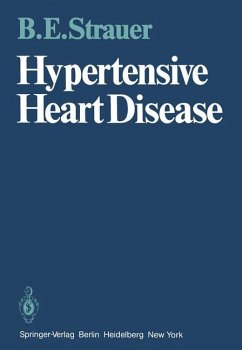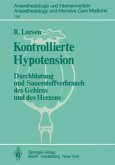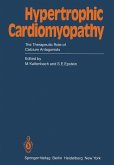In the Federal Republic of Germany today there are 6 to 8 million hypertensive patients. Of them, 3 to 4 million show organic cardiac manifestations of hypertension. Of all deaths occurring before the age of 65, 40% are attributable to hypertension, and the total mortality from hypertension is about 25%. The high cardiac morbidity and mortality potential of the risk factor 'hyper tension' lies in the development of cardiac hypertrophy, heart failure and coronary artery disease. In addition, hypertensive patients are predisposed to develop secondary cardiac diseases. The aim of the present study was to analyse the myocardial function and coronary haemodynamics in essential hypertension, i. e. the most common type of pressure load imposed on the human heart. Consequently, the function and mode of operation of the hypertensive heart are described - a type of hypertrophy of the human heart which to date has almost been ignored in pathophysiology and diagnostics. On the basis of the findings, conclusions are drawn for the differential diagnosis and therapy of the hypertensive heart accompanied by hypertrophy, heart failure and coronary artery disease. This work was supported by Deutsche Forschungsgemeinschaft. The support in translating this manuscript by Petra Froschen, Christine Ebel and Cornelia Leisse is gratefully acknowledged.








